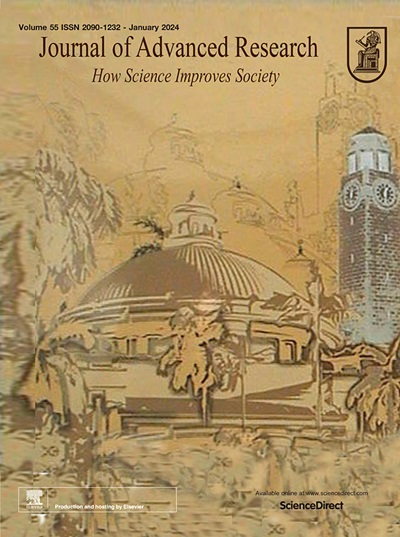Reshaped local microbiology metabolism by raw tea according to pile fermentation in the dark tea
IF 11.4
1区 综合性期刊
Q1 MULTIDISCIPLINARY SCIENCES
引用次数: 0
Abstract
Introduction
Traditionally, the mechanism of dark tea quality formation has centered on microorganisms, with quality regulated by manipulating microorganisms and their fermentation environment. Nevertheless, raw teas, the natural selective medium of microbial community, was completely ignored in the formation of dark tea unique flavors.Objectives
This study aims to uncover the previously unappreciated interactions between raw tea and microorganisms, demonstrating the significant role of raw tea in the formation of dark tea quality.Methods
Sun-dried raw tea (SDT), baked raw tea (BT), and pan-fried raw tea (PFT) were pile fermented. Chemical profiles, microbial communities, and sensory qualities were assessed by metabolomics, high-throughput sequencing, and sensory evaluation, with correlation and multiple factor analyses used to explore their relationships.Results
Compared to PFT and BT, SDT had 18 % lower flavonoid content and 26 % lower catechin content, which favored dominant Agathobacter and Wickerhamomyces. Wickerhamomyces contributed to flower aroma by producing alcohols, esters and terpenes, while Agathobacter amplified acid production. The distinctive dominant bacterium Acidovorax in BT was positively correlated with alcohols and hydrocarbons, with Pearson’s r > 0.6, resulting in a 47 % increase in volatile alcohol level, enhancing the fresh and refreshing attributes. A 70–80 % increase in iron concentration in PFT compared to SDT and BT resulted in the predominance of Geobacter, which exhibited a negative correlation with aldehydes. The presence of distinctive bacteria, Streptococcus and Ligilactobacillus, in PFT led to a significant rise in volatile acid content, increasing from 5 % to 25 %.Conclusion
The chemical profiles of raw tea could reshape local microbiota, which then drives unique qualities of dark tea. This indicates dark tea quality is not passively shaped by the environmental microorganisms, but actively screened by raw tea chemistry. This study paves the way for targeted manipulation of raw tea chemical profiles to achieve desired dark tea flavor characteristics.

求助全文
约1分钟内获得全文
求助全文
来源期刊

Journal of Advanced Research
Multidisciplinary-Multidisciplinary
CiteScore
21.60
自引率
0.90%
发文量
280
审稿时长
12 weeks
期刊介绍:
Journal of Advanced Research (J. Adv. Res.) is an applied/natural sciences, peer-reviewed journal that focuses on interdisciplinary research. The journal aims to contribute to applied research and knowledge worldwide through the publication of original and high-quality research articles in the fields of Medicine, Pharmaceutical Sciences, Dentistry, Physical Therapy, Veterinary Medicine, and Basic and Biological Sciences.
The following abstracting and indexing services cover the Journal of Advanced Research: PubMed/Medline, Essential Science Indicators, Web of Science, Scopus, PubMed Central, PubMed, Science Citation Index Expanded, Directory of Open Access Journals (DOAJ), and INSPEC.
 求助内容:
求助内容: 应助结果提醒方式:
应助结果提醒方式:


